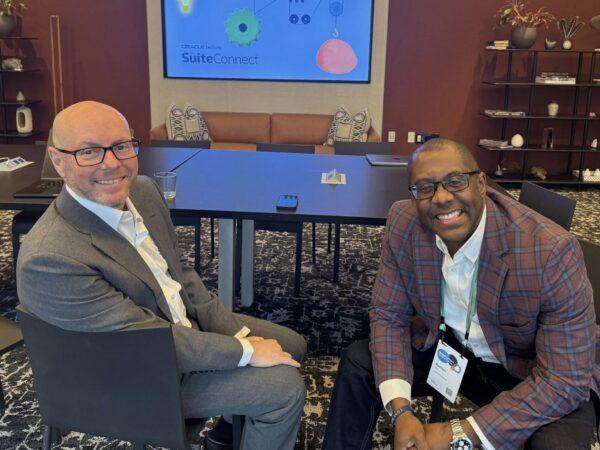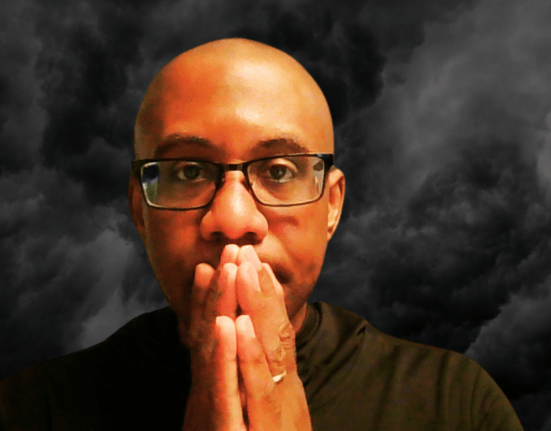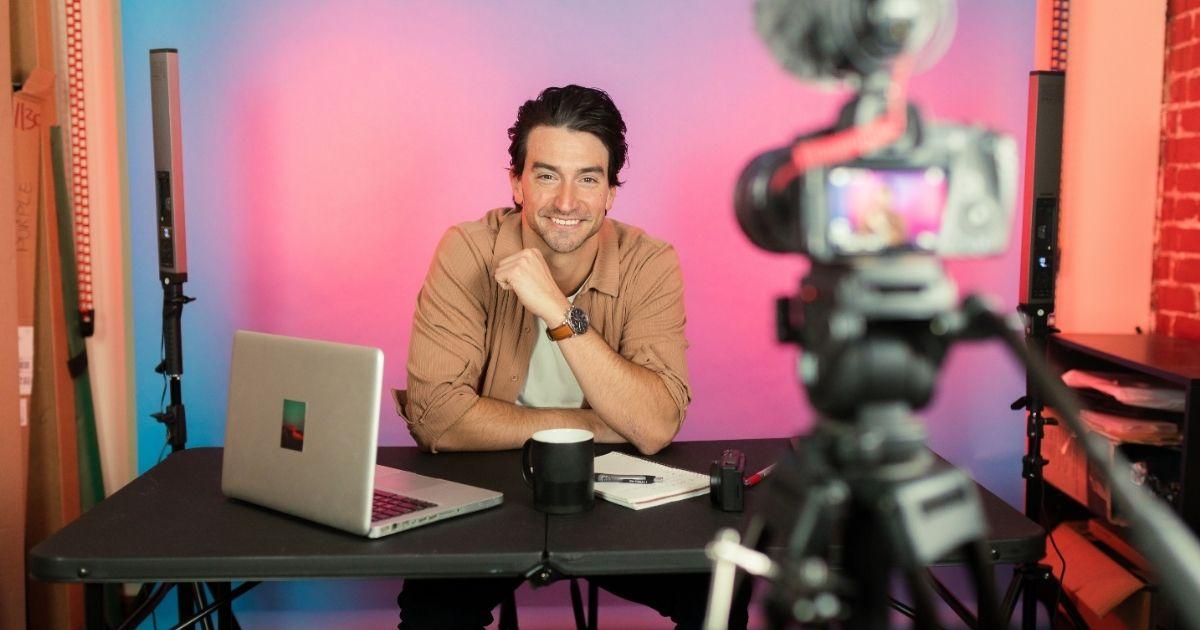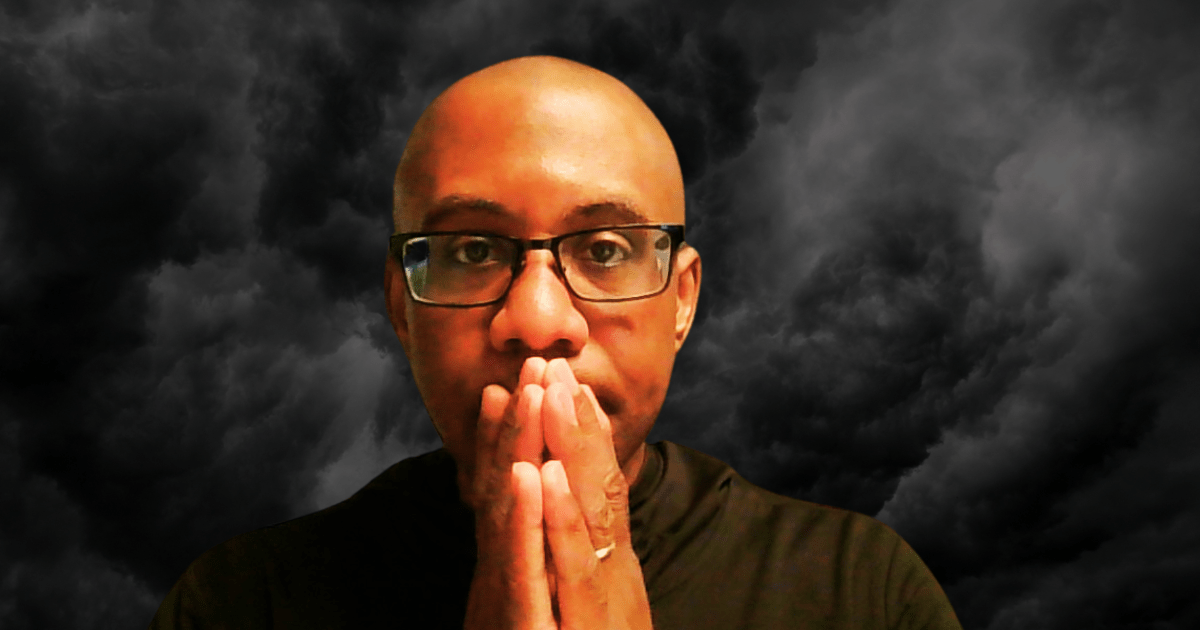Recently, I sat down with Evan Goldberg, co-founder of Oracle NetSuite. Companies that are built to last don’t lose sight of their mission – they don’t lose sight of why they do what they do, is just one of outcomes of our discussion.

Staying Grounded Amid Rapid Change
For Goldberg, the key to managing technological disruption lies in maintaining a clear vision. “I just try to stay grounded in what we set out to do at the beginning and what we’re still doing twenty-seven years later,” he explains. “All entrepreneurs need to be very grounded in their vision.” In NetSuite’s case, that vision has remained constant: helping entrepreneurs succeed by providing everything they need to grow in one place.
While the fundamental needs of businesses remain consistent – growing customers, delivering great products, and collaborating effectively – Goldberg acknowledges that the tools are evolving rapidly. “In every single industry, I think AI is going to have an impact. But as long as you keep grounded in your vision, then you can figure out how to adapt in this ever-changing environment to be more successful.”
Embracing AI Without Being an Expert
For executives still hesitant about adopting AI, Goldberg offers reassurance. “For customers using NetSuite, the promise is that we’ll deliver it to you. You don’t have to become an AI expert,” he states. “We’re going to bring this stuff to you in an easy and consumer way.”
He encourages business leaders to experiment with AI in their daily operations: “Try it in some of the things you do on a day-to-day basis or in your sales, and you’re coming up with pitches, and you’re building a business plan. There’s lots and lots of opportunities to see how it works, and you might be surprised by the results you get.”
The Balance Between Speed and Stability
When discussing the Silicon Valley mantra of “move fast and break things,” Goldberg takes a more measured approach. “I’m not a big fan of breaking things, but I am a fan of trying things,” he says. He warns against becoming too committed to any particular technological path in this rapidly changing environment, while also emphasizing that companies can’t afford to be too cautious.
“Don’t get married to anything right away because things are changing really quickly,” Goldberg advises. “That’s how we’re looking at this thing – we’re just going to make sure that what we have what’s out there, we can give to the customers. Try it. They can see how it works. See if it works for them.”
The Human Side of Technology
Addressing concerns about AI’s impact on the workforce, Goldberg maintains a pragmatic perspective. “Right now, everything that’s out there is an adjunct to what humans are doing,” he explains. Rather than replacing humans, he sees AI as a tool to help people manage their overwhelming schedules and to-do lists more effectively.
“People are so busy these days. Everybody knows that your schedule’s too full. You have so many things in your to-do list,” he notes. “If we could just get those to-do lists shortened because we have more productive tools to do it, that’s kind of job number one.”
Staying Current in a Fast-Moving World
When it comes to personal development and staying current with technology, Goldberg takes a multi-faceted approach. He mentions taking courses in AI to understand “how it works under the covers,” but also emphasizes the importance of finding inspiration from unexpected sources.
“There are so many sources of inspiration that you can have from businesses that are outside your industry and outside exactly what you do,” he reflects. Whether it’s through social media, learning from his children, or studying other great entrepreneurs and leaders, Goldberg believes in the value of diverse perspectives: “Taking inspiration about what other great entrepreneurs are doing, what other great leaders are doing, and then figuring out how to apply it in your sphere, that’s a great recipe for success.”
This conversation with Evan Goldberg offers valuable insights for business leaders navigating the complex intersection of traditional business principles and rapidly evolving technology. His emphasis on maintaining a clear vision while embracing change provides a practical framework for approaching innovation in today’s business landscape.












